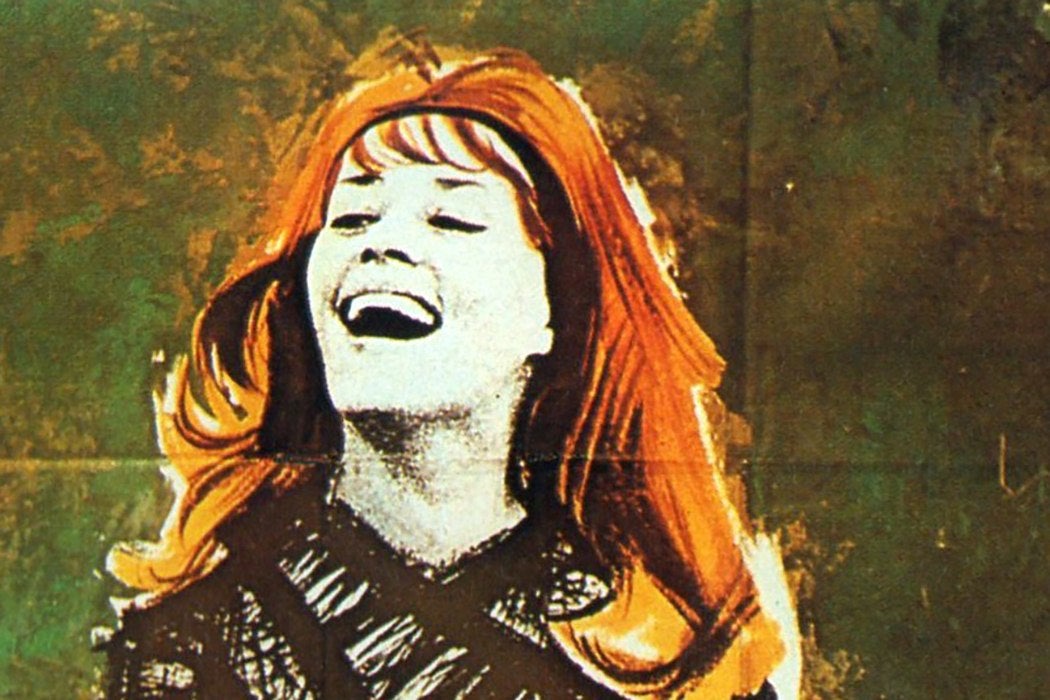Jeanne Moreau, the quintessence of the French New Wave, passed away this week at the age of 89. Moreau was the child of a French bistro owner and an English woman. Against her father’s wishes, Moreau enrolled in the Conservatoire National d’Art Dramatique at eighteen. In 1947, she became the youngest leading member of the Comédie-Française.
After small roles in various films of the 1950s, she hit her stride in Ascenseur pour l’échafaud in 1958. (The movie is known as Elevator to the Gallows in the U.S. and Lift to the Scaffold in the UK.) In the film’s most famous scene, Moreau’s character wanders Paris at night, searching for her lover in the bars and bistros. She thinks he’s run off with another woman; we know he’s trapped in an elevator after having killed her husband. The “grainy, atmospheric photography and Miles Davis’s improvisational score jazz score” writes Joshua Siegel, unite with Moreau’s performance as “the birth of cool.” Siegel continues:
Moreau’s cadences are inimitable—the modulations of her voice and in her movements are precise, and she is always careful to remain ahead of the beat or to lag behind it to keep things off balance. What to the uninitiated appeared unphotogenic was in fact something never before seen in a female movie star.
Louis Malle, the director of Ascenseur, had been warned before casting Moreau that she wasn’t pretty enough to be a movie star. He filmed her without make-up. The result, as they say, was that a star was born. Not, however, the Hollywood kind. The critic Molly Haskell called her “a pre-feminist symbol of liberation and sexual freedom […] a cosmopolitan, urban woman, sexually awakened and sexually dissatisfied.”
Moreau worked with directors Truffaut, Duras, Buñuel, Renoir, Antonioni, Fassbinder, Welles, and others. She also directed her own films, including a documentary about silent film star Lillian Gish. Her most famous role was in the 1961 Jules et Jim, where she is the center of a love triangle. The film was the lede in most of her obituaries. But Moreau, who worked into her eighties, wasn’t one to dwell on the flickering past.
When asked if she had nostalgia for the New Wave, Moreau said “Nostalgia is when you want things to stay the same. I know so many people staying in the same place. And I think, my God, look at them! They’re dead before they die. That’s a terrible risk. Living is risking.”
Siegel, who was writing on the occasion of a Museum of Modern Art retrospective dedicated to Moreau as actor and director, concluded: “Moreau endures not only because of her extraordinary gifts but also because she has brought something truly modern to the screen, compelling but ultimately elusive. Our memories are bittersweet because from the beginning, she has conjured the feeling of what might have been, and what still can be.”







